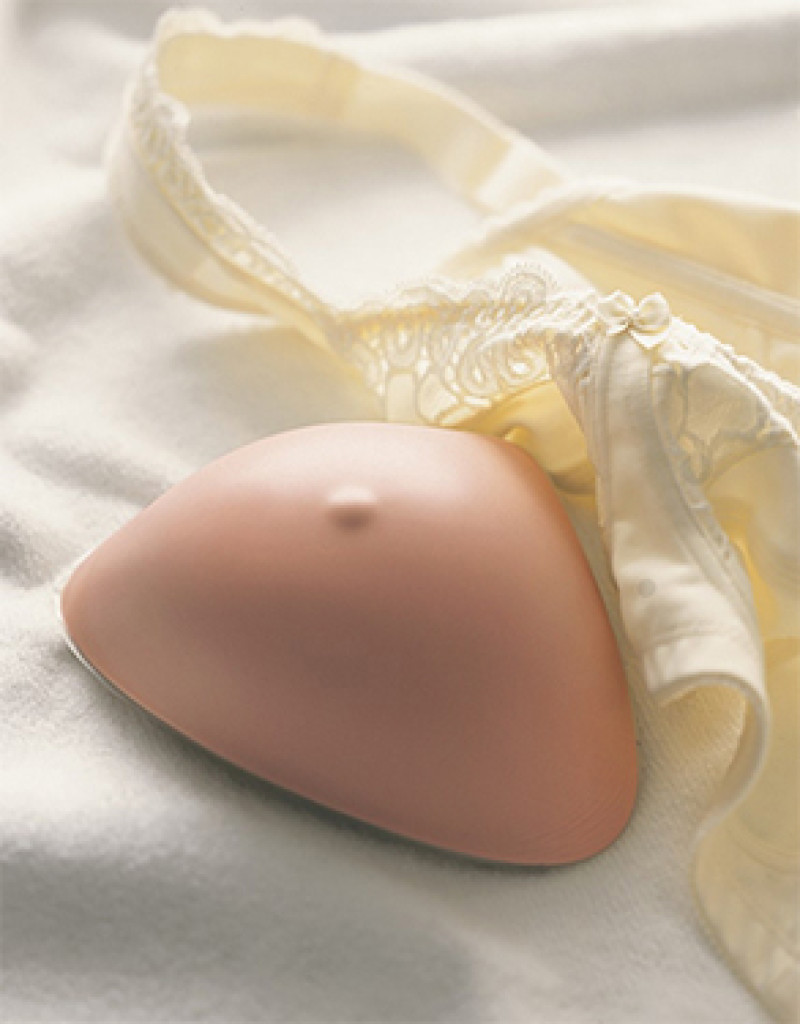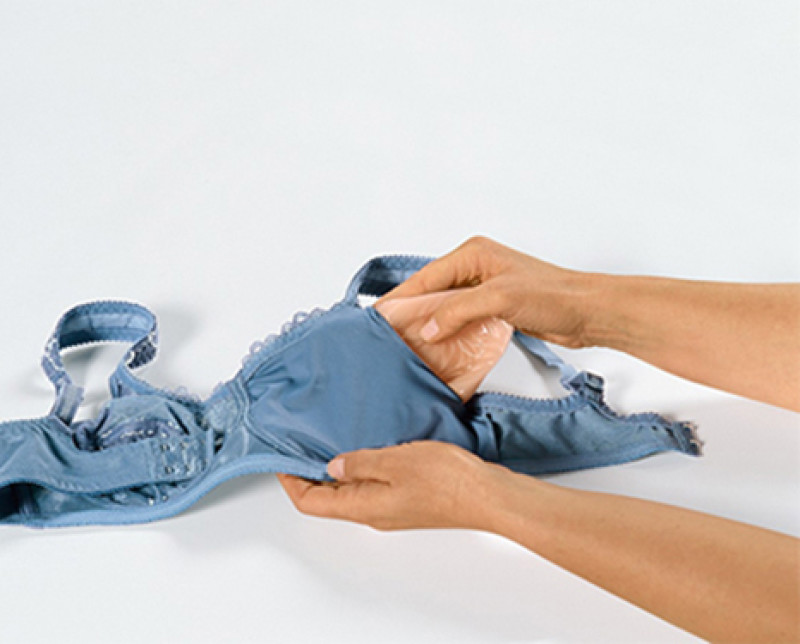Prevention
Modern medicine is increasingly transitioning towards preventive care. This shift towards prevention has also been observed in breast cancer care in recent years, particularly with the discovery of the BRCA gene. Subsequently, multiple genes and risk factors have been identified. Depending on these factors, a personalized screening strategy can be chosen. Therefore, it is crucial to understand these genetic and risk factors.
Diagnosis
I was diagnosed with cancer ... This website serves as a portal designed to assist you and your loved ones in accessing personal information and finding solutions to your concerns.
The primary goal of this website is to offer guidance and support to patients as they navigate their journey toward recovery and improved quality of life. The "Diagnosis" section of our website is divided into two main categories. Firstly, under "Anatomy and Physiology," we provide fundamental knowledge about the breast. Secondly, in the "Tumors and Disorders" section, we delve deeper into various breast-related conditions.
Moreover, we aim to provide information to women who may be concerned about potential breast issues but are hesitant to seek immediate medical advice. Knowledge and information can often offer immediate reassurance if a woman is able to identify the issue herself and determine that no specific treatment is necessary. Conversely, we also strive to educate women who have received a diagnosis of a serious breast condition, such as breast cancer, and wish to approach their doctor well-informed and prepared.
Treatment
The treatment for breast cancer should immediately include a discussion about reconstruction. Our foundation has no greater goal than to raise awareness of this among patients and oncological surgeons. By making an informed decision beforehand, we avoid closing off options for later reconstruction while still considering the oncological aspect. Of course, survival is paramount, and the decision of the oncologic surgeon will always take precedence.
The "Reconstruction or not?" page contains all the information you can expect during an initial consultation before undergoing tumor removal. This page is comprehensive, and your plastic surgeon will only provide information relevant to your situation.
"Removing the tumor" details the surgical procedure itself. This is the most crucial operation because effective tumor removal remains paramount. We guide you through the various methods of removal, a decision often made by a multidisciplinary team comprising oncologists, radiologists, pathologists, radiotherapists, breast nurses, gynecologists, oncological surgeons, and plastic surgeons.
The "Breast Reconstruction" section includes information and illustrations of the different reconstruction options along with corresponding steps.
Revalidation
Those treated for cancer often need a long period to recover.
Cancer is a radical illness with a heavy treatment. Often, people have to deal with psychosocial and/or physical problems afterwards, such as stress, anxiety, extreme fatigue, painful joints, reduced fitness, lymphedema... This can have a major impact on general well-being.
There are rehabilitation programmes offered by most hospitals. We cover some of the major topics here.
Quality of life
Quality of life is a key factor in coping with breast cancer. Therefore, it is important to find coping mechanisms that work, which will be different from patient to patient. For some, it may be finding enjoyment in activities they engaged in prior to diagnosis, taking time for appreciating life and expressing gratitude, volunteering, physical exercise... Of prime importance, studies have shown that accepting the disease as a part of one’s life is a key to effective coping, as well as focusing on mental strength to allow the patient to move on with life. In this section we are addressing some topics that patients experience during and after treatment and we are providing information to address them.
Non-surgical solutions
A significant number of women with breast cancer decide not to have reconstruction. This can be for a variety of reasons; the patient is comfortable with the idea of living without her breast(s), or her partner or family are convinced that reconstruction is unnecessary. Unfortunately though, we frequently notice that this decision is based on inaccurate or incomplete information. Obtaining the correct information from peers, patient support groups, academic publications, relevant websites and medical personnel that are involved in breast cancer treatment, can help you make the right decision.
In breast cancer, complete oncological treatment always takes priority over the reconstructive procedure. This includes a swift and professional diagnosis, correct ablative surgery, adequate adjuvant therapy (radiotherapy, chemotherapy and hormonal therapy) and finally good out-patient follow-up. However, once the cancer treatment has been completed, you will be faced with the consequences of your oncological treatments and over time, the aesthetic aspects assume an increasing level of importance. Obtaining the correct information about breast reconstruction before starting treatment, and simultaneously addressing the oncological and aesthetic aspects, will result in a superior cosmetic outcome without influencing the quality of the oncological treatment or long-term prognosis.
An external breast prosthesis is one option (fig.1a&b). This is a teardrop shaped silicone device that can be added to a bra to imitate the breast shape. It can be worn either loosely, in a specially designed bra, or attached to the chest skin by an adhesive support. Different sizes and shapes are available. The external prosthesis can be a temporary solution whilst awaiting surgery or be a permanent device. The main advantage of an external prosthesis is that no additional surgery is required. The major drawback is that an external prosthesis has to be replaced every day and is sometimes difficult to combine with certain clothing. For many patients an external prosthesis remains a stigma, constantly reminding them of their breast cancer.


Some of the companies that offer external breast forms and provide more information include: www.amoena.com and www.anita.com
Benefits of an external prosthesis:
Artificially restores the natural shape of the breast.
Avoids further surgery.
The external prosthesis can easily be exchanged, if the volume of the other breast changes.
An external prosthesis is often reimbursed by public health care systems or private insurance companies.
Disadvantages of an external prosthesis:
Wearing low cut dresses or blouses can be more difficult than following surgical breast reconstruction.
The prosthesis may feel heavy, cold, or warm and sweaty, leading to skin irritation.
A loose prosthesis can move and sometimes slip out of a bra. It may be necessary to wear a special bra or adapted clothing to prevent this from happening.
Certain sports or hobbies can become more difficult, unless a specific support garment is worn, for example, a specially adapted swimsuit.
The volume of the prosthesis does not change with fluctuations in weight, although a different prosthesis can be bought.
An external prosthesis can be purchased in specialty lingerie stores or orthopedic shops. Get advice from personnel who specialize in measuring and modifying such prostheses
